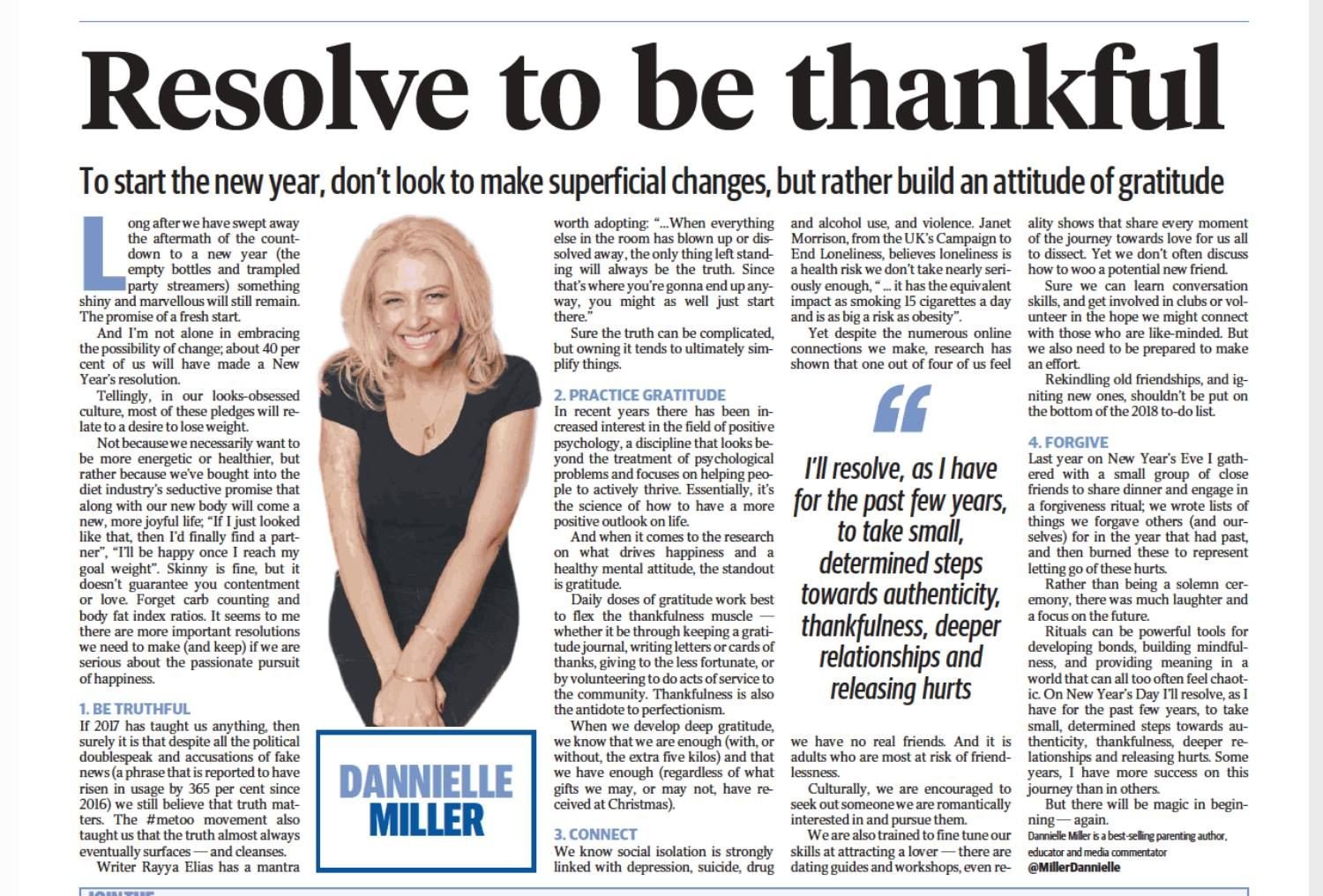We’ve been bombarded with reports lately about how depressed and depleted educators are, so when my 16-year-old son recently announced he wanted to become a high school teacher when he graduates, I cried.
These weren’t tears of dismay, but rather of pride and happiness. Because I know that despite the seemingly endless piles of papers to mark, the ever-encroaching administration, and the increasingly challenging student (and parent) behaviours teachers are expected to manage, it remains an incredibly rewarding role.
And it’s high time we stopped trying to deter young people from the profession.
Bombarding those who aspire to be educators with tales of woe is nothing new. When I announced at the end of Year 12 that I wanted to study education, a number of the teachers I admired most, and who indeed had inspired me to want to shine in my own classroom, tried to talk me out of it. The pay is dreadful, they said; it can be thankless, they insisted.

Yet despite the doom and gloomers, I did teach in a government high school for five years. I was then promoted to running special programs for our most at risk kids in the Catholic education sector for a further six years, before setting up my own social enterprise aimed at creating more resilient teens.
After working alongside hundreds of teachers in a variety of schools, here’s what I will tell my son about the profession:
1. Teachers matter. For some young people, their teachers are the most constant and caring adults they know; they are the ones who will bring them a sandwich and discreetly give it to them before class, who will hear their dark stories about abuse or neglect and who will hold their hand through the process of seeking a way forward. Parenting expert and ex-teacher Maggie Dent shared with me why she loved her many years in the classroom, and still cheers those who aspire to teach on: “I loved being the bringer of hope for kids who had none.”
Even the students who you don’t think you’ve had any particular impact on may have been inspired by you in ways you may never know until when, many years later, they will stop you at the shops and gush about how some advice you gave, or encouragement you offered, helped shape their lives.
2. You will get to immerse yourself in a subject you love on a daily basis. And although it might at times feel incredibly frustrating that your Year 7 history class don’t quite share your passion for Ancient Rome, discovering how you can engage them in this will be almost as fascinating as the content itself.

3. Watching young people grow and develop is a joy. Cheeky little lads become deep-voiced, thoughtful young men. Timid girls who blush red when they are asked to answer a question in class bloom into confident, articulate young women. You get the proud-parent style moments, without the laundry and messy bedrooms.
4. The skills you develop are highly transferable. While many teachers do make it their life’s work, those who later wish to explore a new vocation will find they are highly employable. I may have started my career as an English teacher at a high school in Blacktown, but since then I have founded my own company, become an author, a newspaper columnist, worked on television, and consulted to business. Maintain your own love for learning and you’ll go far.
Dr Natalie Ferres from management consultancy Bendelta agrees that while it’s vital we openly discuss the challenges our educators face, support those who are struggling, and be open to make system-wide changes, we must also not forget to celebrate the wins: “All we seem to hear in the media is the negative. Without tuning into those positive voices that say the intrinsic rewards outweigh the hardships, we run the risk of negative contagion through the profession. This social contagion is the spread of affect or behaviour from one source to another.”
What price might we pay for creating a culture of dismay? “The pervasiveness of negativity about being a teacher could repel top talent,” Ferres warns.
My son hasn’t always found learning easy, nor as he always liked school. Yet, thanks in no small part to the dedicated teachers he has been fortunate enough to have been taught by, he has decided school’s a place worth sticking around. He won’t always have A+ days at work (nor do any of us), but I also know it’s a profession worth passionately pursuing.
This post was originally published in The Daily Telegraph, 16/6/18


















